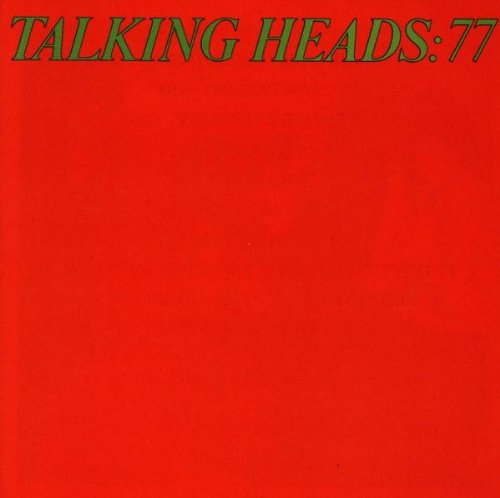Newsletter
Now Playing
Recently Played

Rollover DJ
JET
6 minutes ago
Candy Cane Children
White Stripes, The
9 minutes ago
Coming for You
The Offspring
13 minutes ago
Resistance
Muse
19 minutes ago

Psycho Killer
Talking Heads
23 minutes ago

Somebody Told Me
Killers, The
26 minutes ago

Time Is Running Out
Muse
30 minutes ago

Yellow Ledbetter
Pearl Jam
36 minutes ago
Tiger's Eye
Spandrels
41 minutes ago
The Skin of My Yellow Country...
Clap Your Hands Say Yeah!
47 minutes ago
Hard Times
Paramore
50 minutes ago
Dig (II)
Oso Oso
53 minutes ago

I Am the Highway
Audioslave
58 minutes ago
Sometimes
My Bloody Valentine
Over an hour ago
